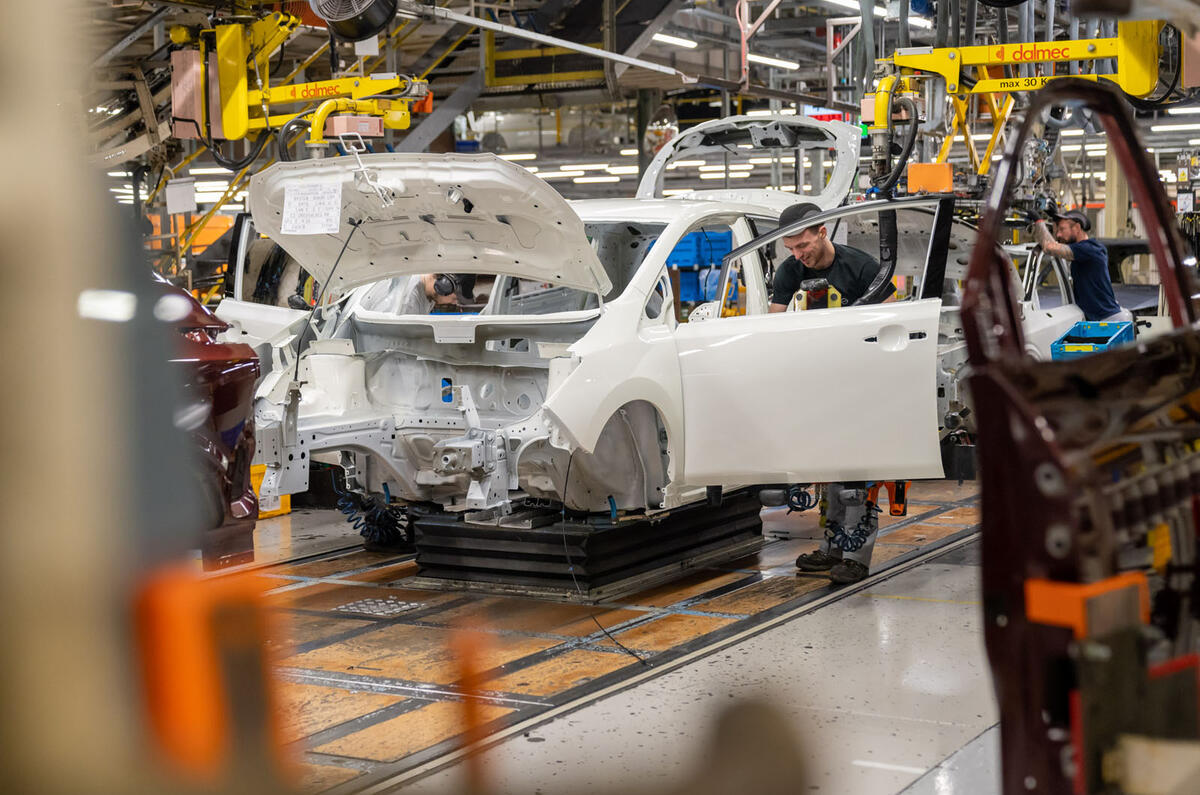Making Sunderland pay as a production location will be key to Nissan’s shift to sustainable profitability in the coming years – a job that’s about to become a lot harder as it moves to building electric cars only.
Sunderland in the north-east of England churns out more cars annually than any other plant in the UK, a position it has held for over a decade.
The 362,000-square-metre site - equivalent to 50 football pitches - holds the key to Nissan’s profitability in Europe, making as it does the brand’s top-sellers in the form of the Nissan Qashqai compact SUV and Nissan Juke small SUV. It’s also the brand’s only European factory after it shut its Barcelona facility in 2021.
Strong sales for hybrid versions of the Qashqai and Juke in 2023 helped tip Nissan back into profit in Europe in the six months to the end of November, according to its own figures, giving hope that the brand has turned a corner following a string of losses going back to 2012.
But now Nissan has the headache of making Sunderland build electric cars only. All subsequent models leaving the factory will be battery-powered, starting with the new Nissan Leaf compact crossover scheduled to be launched in late 2024, with the replacement for the Juke following that, potentially in 2026, and then after that the Qashqai. Nissan plans to only be selling EVs in Europe from 2030.
“All the passenger car investment from now on is mainly concerned with EV,” Nissan CEO Makoto Uchida told journalists at the announcement in November of further investment in Sunderland to shift to an all-EV facility.
And that’s hard work. “The profitability of electrification and electric vehicles has not reached a satisfactory level,” said Uchida on the company’s most recent earnings call.







Add your comment